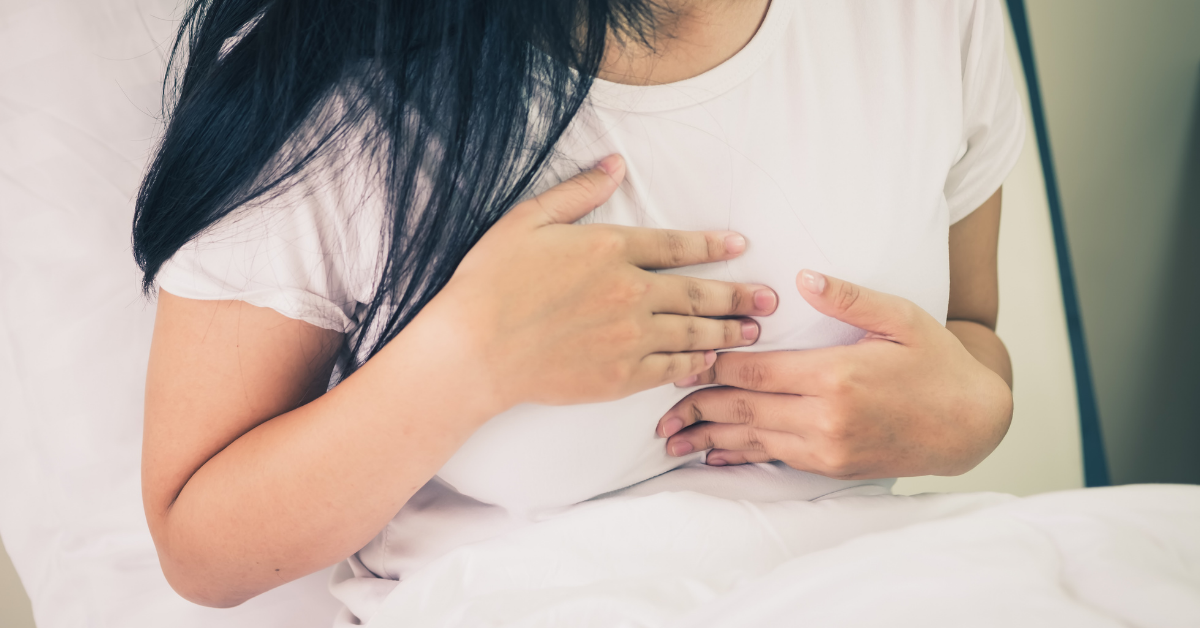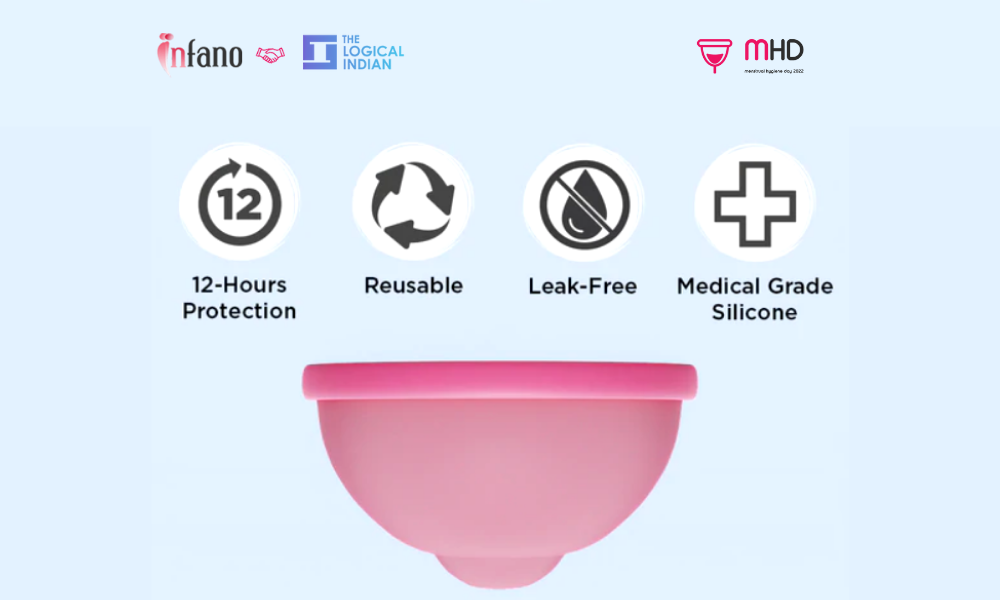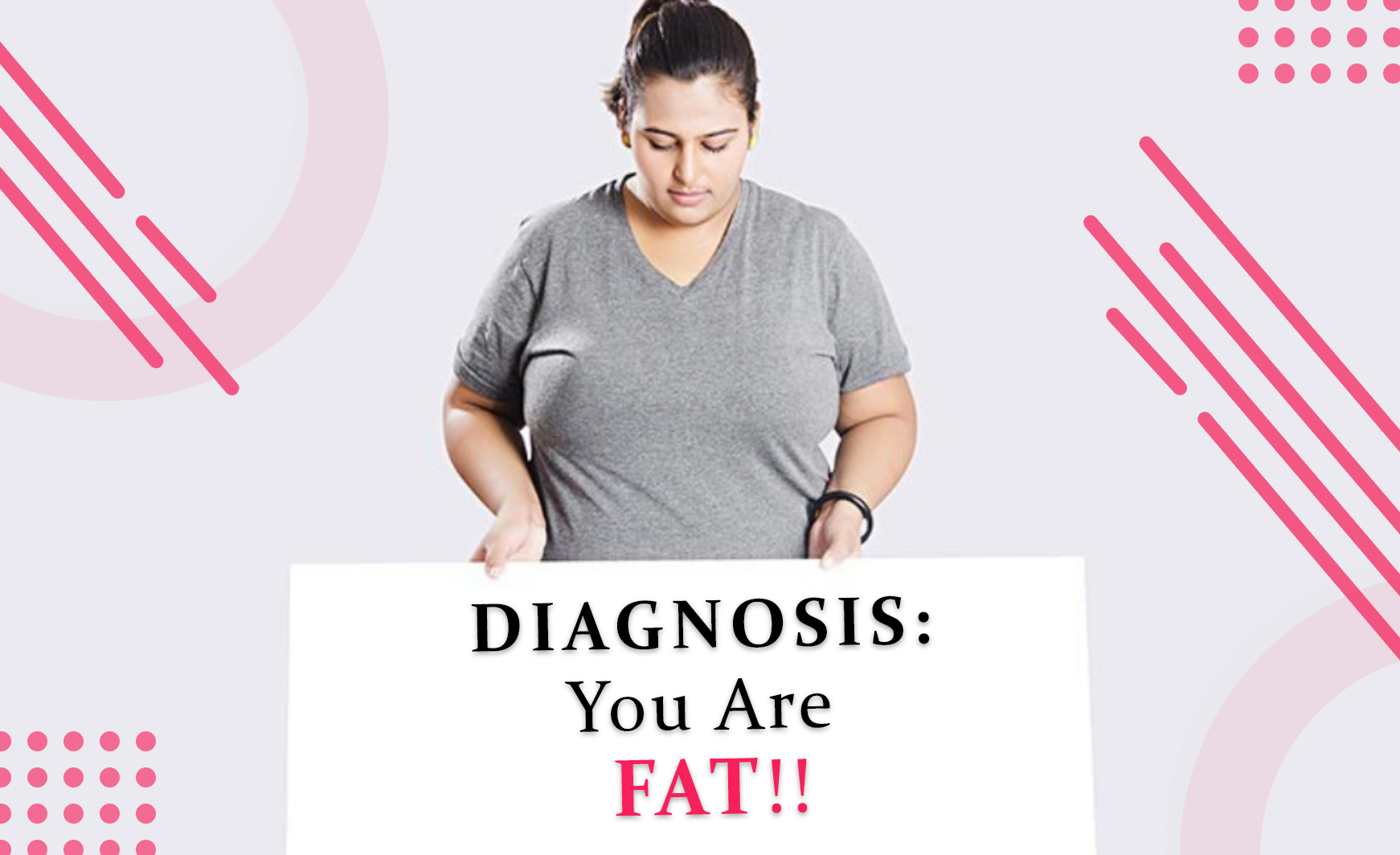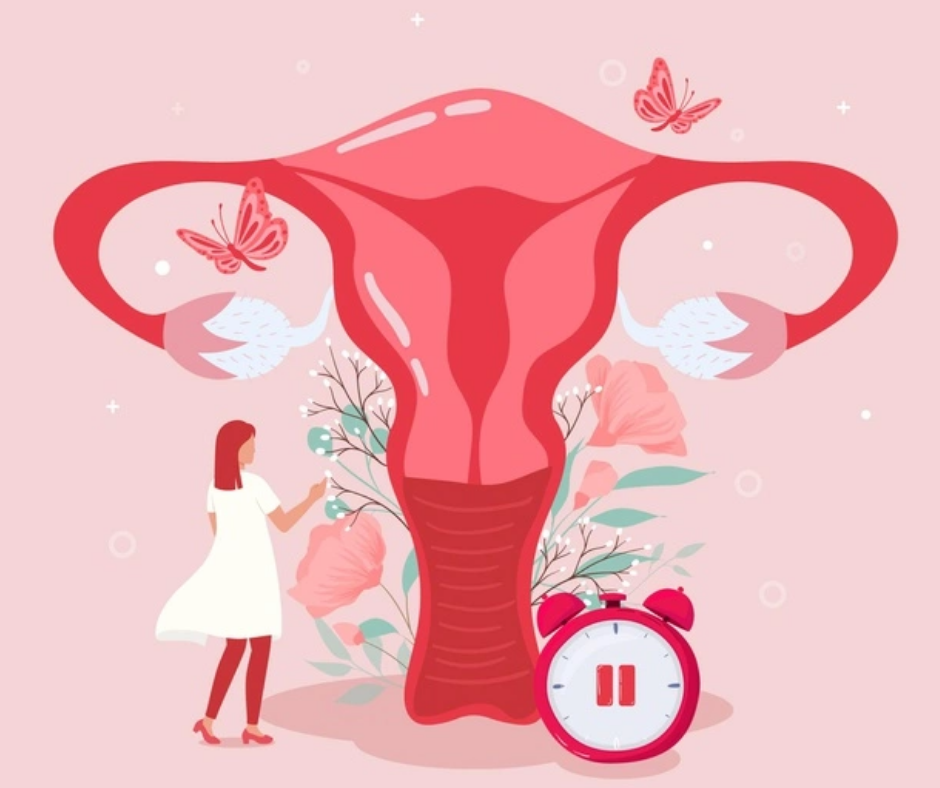We have all seen scenes in movies where a man clutches his chest and falls to the ground within seconds. What we may not have seen or thought about is that the scene can very well have a woman in it. Heart attack in women is more common than you think. But studies indicate that heart disease is one of the leading causes of death in women. In fact, women are less likely to survive a heart attack compared to men.
The risk of heart diseases to both sexes is high, but heart diseases affect men and women differently.Over one crore annual deaths are reported in India and cardiovascular diseases cause 20.3% deaths in men and 16.9 % deaths in women. Each year more women die of heart disease than men, yet heart disease and related risk factors are often overlooked in women.
www.narayanahealth.org
Symptoms of Heart Attack
A heart attack occurs when the flow of blood to the heart is blocked. The blockage is most often a build-up of fat, cholesterol and other substances within the arteries that block the blood flow to the heart.
The common symptoms of heart attack are
- Chest pain
- Feeling weak, light-headed, or faint
- Pain or discomfort in the jaw, neck, or back
- Pain or discomfort in one or both arms or shoulders
- Shortness of breath
Although determining exactly when a heart attack can occur is impossible, in most cases the body does send out warning signals of an impending heart attack.
Chest pain
Chest pain is one of the most common indicators of a heart attack. The pain can be a feeling of pressure, fullness, tightness or extreme pain causing extreme discomfort. Women often do not feel extreme chest pain which is a more common symptom in men
Jaw Pain
Pain on the left side of the jaw along with other symptoms such as chest pain, sweating, shortness of breath is an indicator of heart attack
Shoulder and Neck Pain
Chest pain can also extend to the shoulder and neck. This may be mistaken as pain due to exhaustion or muscle stress.
Left Arm Pain
Sudden and unusual pain on the left arm (or sometimes both arms) starting off from the chest is indicative of heart attack.
The warning signs may start to show up days before the heart attack, but women tend to ignore the symptoms of heart attack because of the lack of knowledge about the symptoms and often dismiss these as stress and exhaustion.
Top heart attack symptoms in women
| One month before a heart attack | During a heart attack |
| Unusual fatigue (71%) | Shortness of breath (58%) |
| Sleep disturbance (48%) | Weakness (55%) |
| Shortness of breath (42%) | Unusual fatigue (43%) |
| Indigestion (39%) | Cold sweat (39%) |
| Anxiety (36%) | Dizziness (39%) |
| Heart racing (27%) | Nausea (36%) |
| Arms weak/heavy (25%) | Arms weak/heavy (35%) |
How and Why Heart Attack is different for Men and Women
- Blood lipids
Before menopause, the estrogen in women helps protect them from heart disease by increasing HDL (good) cholesterol and decreasing LDL (bad) cholesterol. The estrogen levels fall at menopause. Elevated triglycerides accompanied by Low HDL and high triglycerides increase the risk of heart attacks in women after menopause.
- Diabetes
Studies show that diabetes increases the risk of heart disease in women more than it does in men. This is perhaps because women with diabetes more often have other added risk factors, such as obesity, hypertension, and high cholesterol. In women who’ve already had a heart attack, diabetes doubles the risk for a second heart attack and increases the risk for heart failure.
- Metabolic syndrome
Metabolic syndrome is a collection of heart disease risk factors that increase your chance of developing heart disease, stroke, and diabetes. These conditions include increased blood pressure, high blood sugar, excess body fat around the waist, and abnormal cholesterol or triglyceride levels. Metabolic syndrome is the most important risk factor for having heart attacks in women.
- Smoking
Research indicates that women who smoke are more likely to have a heart attack than male smokers. This may be because women find it more difficult to give up smoking as compared to men. Nicotine replacements and other anti-smoking options are also less effective in women because their menstrual cycles tend to affect the tobacco withdrawal symptoms.
Caring for your Heart
There are several things that you can do in order to reduce the risk of a heart attack in women or men.
- Don’t smoke or be exposed regularly to other’s smoke – Active and passive smoking can increase the chances of getting a heart attack.
- Lead an active lifestyle – Physical activity, at least 30 mins of moderate-intensity exercise, on most days improves your heart health.
- Eat healthy – Avoid high cholesterol foods. Have a nutrient rich diet with whole grains, leafy vegetables, nuts and lean proteins.
- Aim for a healthy weight – Discuss the ideal weight for you with your doctor based on your height, age and health conditions. Try to work towards maintaining the weight.
- Reduce stress – Exercise, adequate sleep, relaxation techniques, and meditation are some of the practices to follow that can reduce stress.
For more women’s health blogs from Infano, click here.



















